Civil Services Mains Exam Mechanical Engineering Solved Papers Vol 2 By Made Easy Ansh

The Fundamentals of Engineering (FE) exam, also referred to as the Engineer in Training (EIT) exam, and formerly in some states as the Engineering Intern (EI) exam, is the first of two examinations that engineers must pass in order to be licensed as a Professional Engineer (PE) in the United States. The second exam is the Principles and Practice of Engineering exam.
2024 Engineering Leaving Cert Exam Papers Higher & Ordinary Level educate.ie
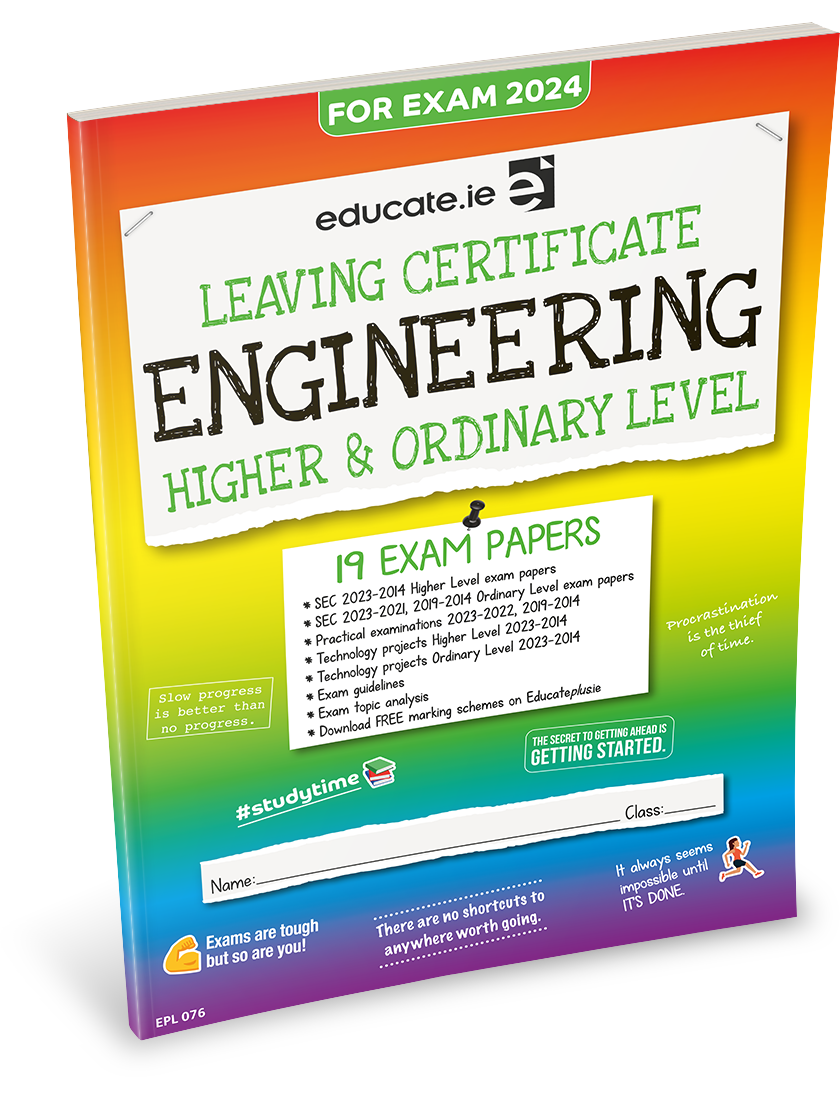
education is the NCEES Fundamentals of Engineering (FE) examination. This exam, developed to measure minimum technical competence, is the first step in the professional licensing of engineers. It is a pass-fail exam taken by approximately 50,000 people each year, most of whom are college seniors or recent graduates.
FE Exam Fundamentals of Engineering Exam
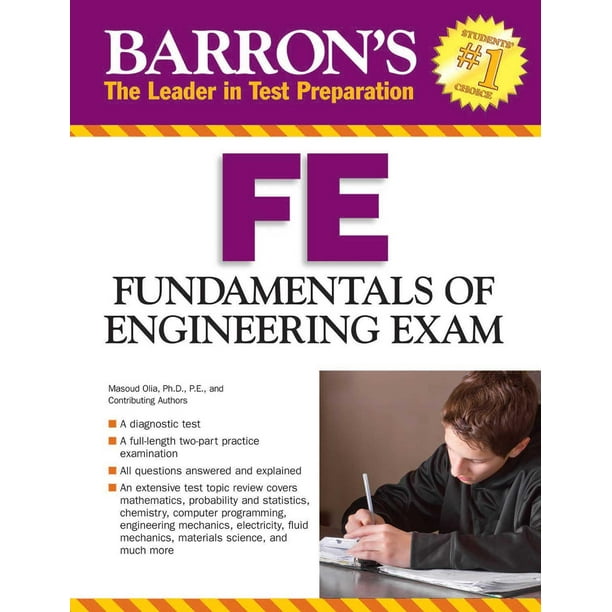
The CBT@FE Review Centre was established in Canada to assist APEGA Examinee candidates preparing to take the Computer Based Test (CBT) - Fundamental of Engineering (FE) Exam by NCEES for membership with The Association of Professional Engineers and Geoscientists of Alberta or The Association of Professional Engineers and Geoscientists of the Province of Manitoba (APEGM) or The Association of.
How to manage yourself in a science and engineering exam room

In Alberta, there are locations in Edmonton and Calgary. The exam has 110 multiple-choice questions. You have six hours to complete it. The exam is offered in seven disciplines. Choose the discipline that will give you the best chance of success. The BOE will not choose the discipline for applicants.
Fundamentals of Engineering Exam Study Guide by Wasim Asghar Issuu

What is the timing of the Fundamentals of Engineering Exam? Examinees have 6 hours to complete the exam, which contains 110 multiple-choice questions. The 6-hour time also includes a tutorial, a break, and a brief survey at the conclusion. The actual exam time is 5 hours 20 minutes.
Requirements Engineering Fundamentals (eBook) Requirements engineering, Engineering exam

Take the exam. Show up at the Pearson VUE test center on your scheduled exam date and time to take the FE exam. Receive your results. You will receive your FE exam results from NCEES approximately 7-10 business days after your exam. If you pass, you can proceed to the next steps in your engineering licensure process.
Systems Engineering Exam (2021) Quizizz

Most regulators may assign technical confirmatory examinations to assess the academic qualification of applicants, which are based on the Engineers Canada Examination Syllabi. Some jurisdictions might also use the United States Fundamentals of Engineering (FE) Examination as an option for assessing applicants.
NCEES Fundamentals of Engineering Examination
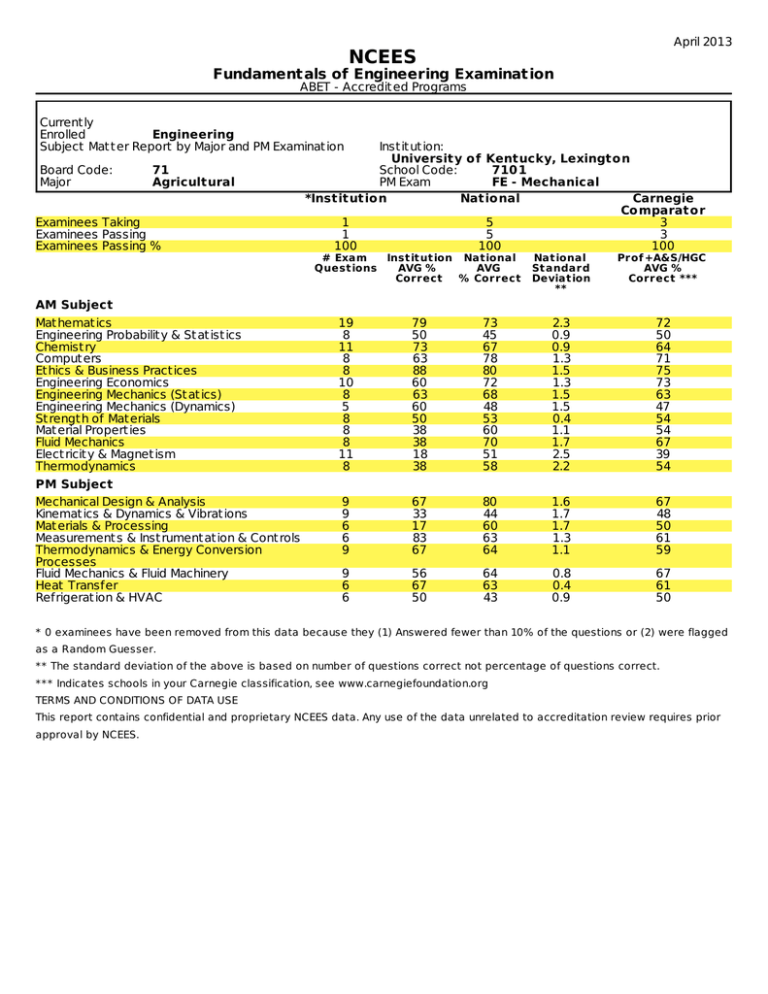
Applying for the FE Exam. To register for an FE exam, follow these steps: You first need to obtain a MyNCEES account. This can be done by visiting the NCEES website. Select the REGISTER button, and then follow the onscreen instructions. It is that simple! Then you need to select your speciality of either: Once this is done, the exam fee of $175.
PPT Fundamentals Of Engineering Exam PowerPoint Presentation, free download ID10596776
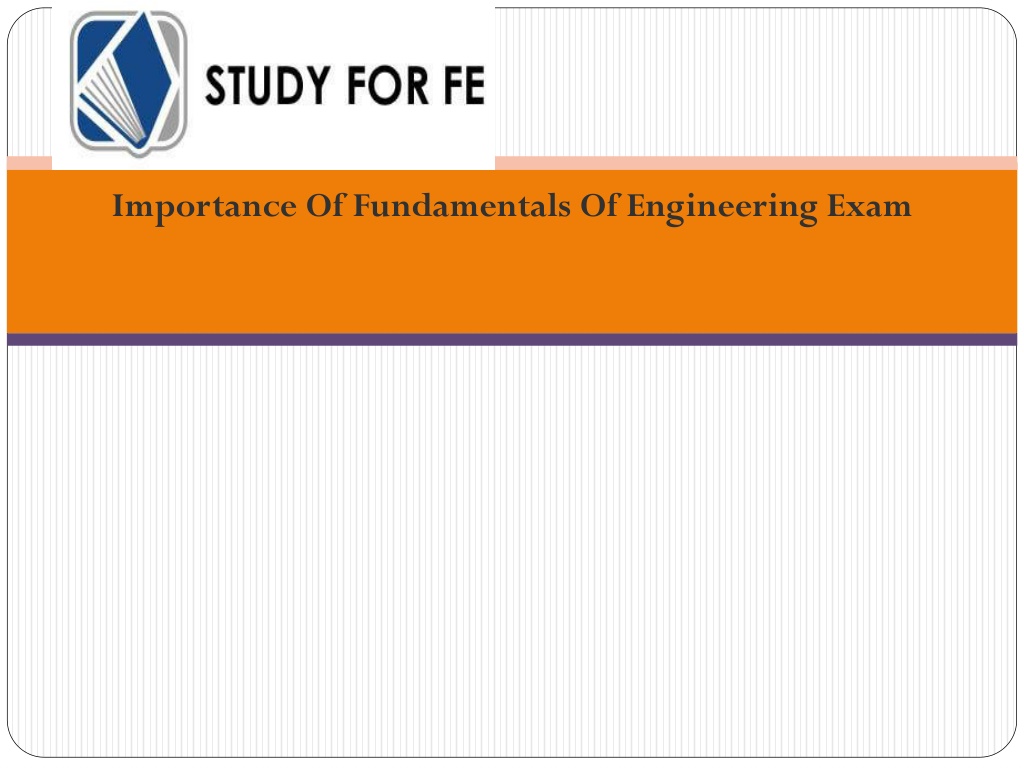
It is sometimes possible for applicants to write the NPPE outside of Canada, but this must be requested in the application to write the exam. b) Confirmatory Exam Upon first review of the Application for Registration, APEGA may require applicants to write the Fundamentals of Engineering Exam to confirm their level of education.
FE Exam Prep Fundamentals of Engineering

The NCEES FE (EIT) exam is a ~5.5-hour, 110-question long, multiple-choice test that covers the majority of the courses seen in an engineering undergraduate curriculum. The exam is taken on a computer at a Pearson Vue test center location. You are only allowed to bring an approved calculator, and you are provided a PDF of equations and tables.
GCC FACTORIES PREEXAM REVISION in 2022 Engineering exam, Master class, Exam

FE Review Manual Rapid Preparation for the Fundamentals of Engineering Exam, 3rd Edition by Michael R. Lindeburg, P.E. The EIT/FE Exam "How to pass on your first try" by Patrick J. Shepherd, P.E. PMP; Optional resource: FE Other Disciplines Practice Problems by Michael R Lindeburg, P.E. Dates: October 5, 2024 - February 8, 2025* Times:
Fundamentals of Engineering Exam Sample Questions
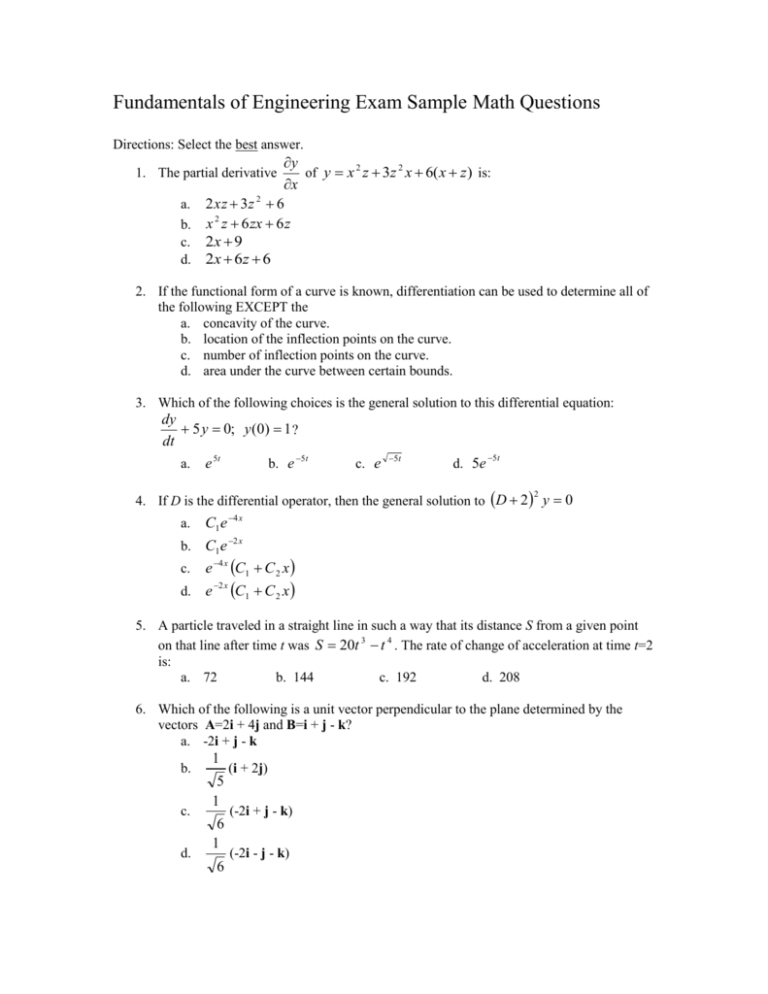
The CEBOK for students. Learn how to use the CEBOK as a roadmap to a successful career in civil engineering. Download CEBOK student infographic (PDF) The NCEES Fundamentals of Engineering (FE) exam is the first of the two exams engineers must pass in order to become licensed professional engineers (PE).
Engineering formula sheet Engineering notes, Surveying engineering, Study notes

How much electrical energy is used? a) 3220 J. b) 3490 J. c) 3460 J. d) 2160 J. e) 2468 J. Question 2. A simple Brayton cycle uses air as the working fluid and has a pressure ratio of 6. At the beginning of the compression, the temperature is 27C and the pressure is 100kPA.
The 6 Best Fundamentals of Engineering Exam Prep Courses of 2023
:fill(transparent):max_bytes(150000):strip_icc()/Civil-Engineering-Academy-61b4b3747c474ee686adf5e651e39a99.png)
If you are unhappy, we are able to offer you your money back with no quibbles. This does not mean that we do not value our courses, quite the opposite, we are so confident that you will pass if you subscribe to our Gold course we will even refund you your subscription fee if you fail the exam. Last modified: Monday, 11 March 2024, 10:59 PM.
Fundamentals of Engineering Exam Test (Assessment) Engineering

There are also recommended textbooks for each subject in the Canadian Engineering Qualification Board (CEQB) Syllabi, which can be found here. Fundamentals of Engineering Exam (FE) OR Fundamentals of Geology Exam (FG) As an alternative to writing three confirmatory exams, engineers may instead opt to take the Fundamentals of Engineering Exam.
MMUP Chemical Engineering Questions

Before becoming an engineer, graduates in the United States are required to take the FE test. Students who attend an approved university (accredited by the Canadian Engineering Accreditation Board (CEAB)) in Canada do not have to take the FE test. This is a result of Canada's far stricter regulation of education than the United States.
.